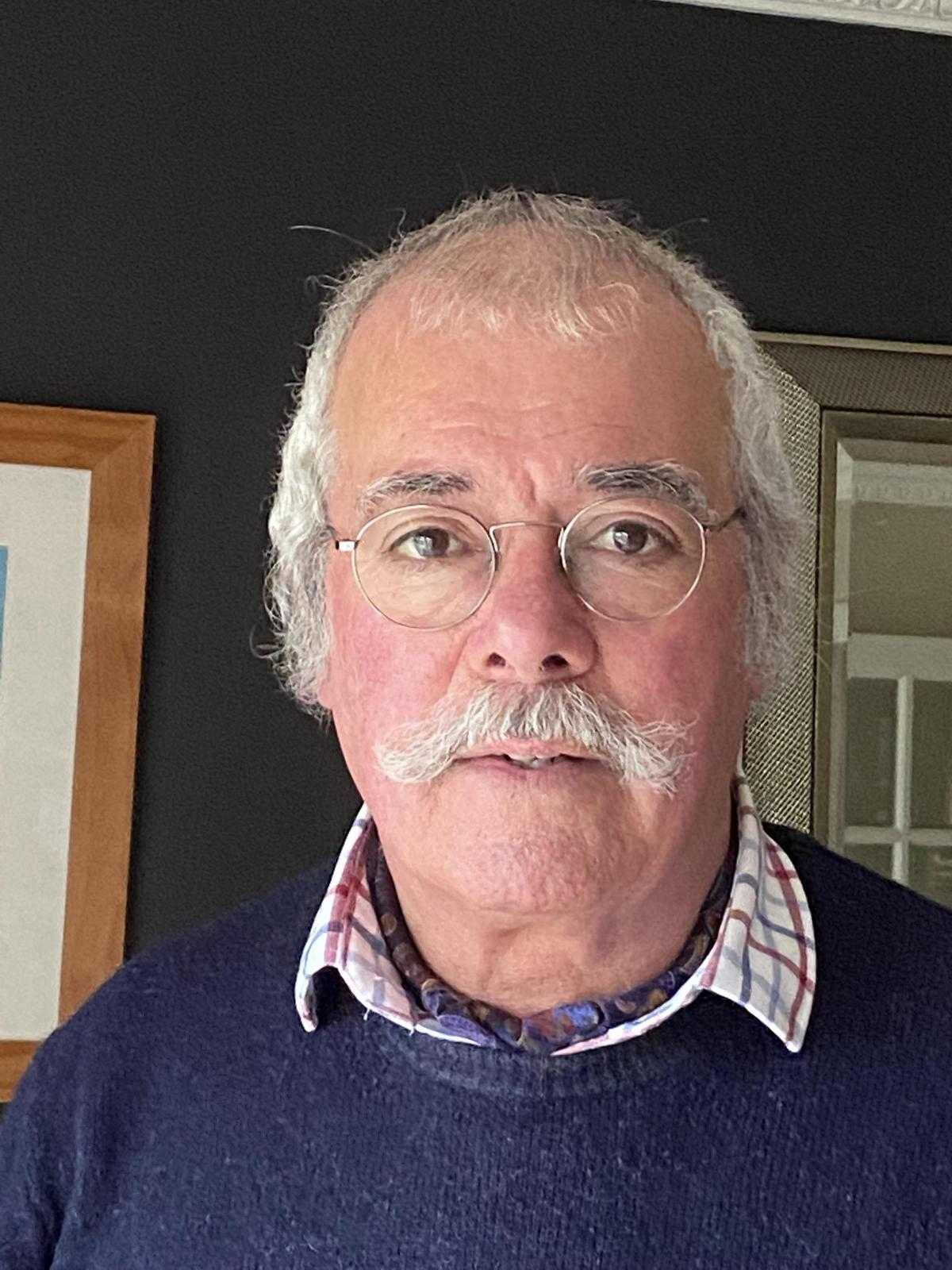As we saw last week, by 1946 Burnside had become a hotel and was now owned by the Stanley family.
However, by 1948, the Stanleys were obviously having some sort of rethink as in 1948 the house was valued for mortgage purposes, together with Nutbrook House. The Stanleys put in a planning application to build houses on the land, which presumably included the demolishing of the house. This was refused.
On 3 May 1948 Burnside was valued and consisted of the following:
Ground Floor – Drawing Room, 20 feet x 16 feet, Dining Room 27 ft x 13 ft, a Private Room, 18 ft x 14 ft, a further bedroom, Store Room, Kitchen, Larder and Scullery, 2 large coal stores and a small saucepan store.
First Floor – Landing, 9 bedrooms and a bathroom
Second Floor- Landing and 3 bedrooms
Outside – 2 Apple Stores, Greenhouses in walled kitchen garden and a further store.
The Ordnance Survey map from 1933 shows the fields belonging to Burnside and a field identified on the map as No 403, which was let for grazing at £10 pa. Field No 503 was let to allotment holders at £12 pa. Fields numbered 499 and 500 were not cultivated.
There is a large Nissen hut erected for pigs or kennels and all mains services were connected.
Burnside was valued at £5000, Freehold.
At a later date, probably in the mid 1950s, the council acquired the house and land together with Nutbrook and decided to demolish both and have it all developed for housing. This they did with development on the road now called Burnside, in 1960.
If you walk east of Nutbrook and Burnside along Withycombe Village Road you come to School Lane on your left which used to be called Chapel Close Lane. Right on the corner as you turn left are the ancient remains of St Michael’s Churchyard. Up this lane on the left lies Burnside Cottage or Lodge. This property does not actually adjoin Burnside House but actually Nutbrook. The earliest reference to it is the 1861 census when it seemed to have been called Burnside Farm and lived in by James Davey, 29, a farmer, his wife Emma, 24 and their two children, Emily, 3 and George, 1 and three servants, Mary Miller, 12. Michael Miller, 15 and William Davey, 11. It is by no means certain that this is the Lodge or Cottage as it is not noted on any map, as are Burnside and Nutbrook houses.
The 1871 census makes no separate mention of Burnside Lodge or Cottage as a lot of the entries are just noted as Village. This is also the case in 1881 but there is an entry for Village under a Robert Jackson, 46, gardener, his wife Mary, 44 and their son, Henry, 12, a garden boy. This could very well be the Lodge or Cottage.
No further reference is made under any census until 1901 when there is an entry for Burnside Cottage (Lodge) with Walter Passmore, 39, Coachman, living there with his wife Bessie, 42 and their children Edith, 7, Reginald, 3 and Ethel, 4.
The 1948 valuation had a separate section for Burnside Cottage. This is brick built, plastered externally with a slate roof. It has three bedrooms, living room with range, sitting room, scullery and outside wc. There is a single storey outhouse with tiled roof and garden 46 ft x 111ft. It was let at the time for £20 pa with a rateable value of £12. The cottage and garden were valued at £5500, some £500 more that Burnside House!
Unlike the house, the cottage is still there and much loved by its present owners who I have to thank for their assistance with this article.
In the meantime you can find out more about Exmouth Museum by visiting www.exmouthmuseum.co.uk or email Mike at mike.menhenitt@btinternet.com





Comments: Our rules
We want our comments to be a lively and valuable part of our community - a place where readers can debate and engage with the most important local issues. The ability to comment on our stories is a privilege, not a right, however, and that privilege may be withdrawn if it is abused or misused.
Please report any comments that break our rules.
Read the rules here